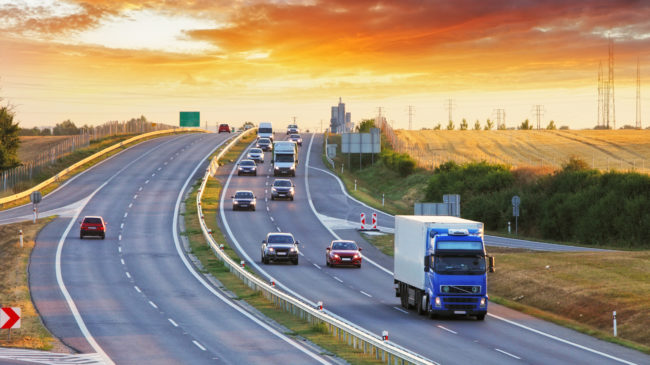Executive Summary
The COVID-19 pandemic has resulted in large changes in transportation usage in the United States, including a 40 percent decline in driving and an 84 percent decline in transit ridership. It is likely that transportation habits will significantly change after the pandemic as well. While these changes are uncertain, some are less uncertain than others and demand changes in transportation policy. Even where uncertainties remain, those very uncertainties call into question transportation programs and projects that were predicated on assumptions about the future that are now highly questionable.
There is widespread agreement that one of the changes produced by the pandemic is that far more people are going to work at home after the pandemic than did so before. Before the pandemic, about 5 percent of workers worked at home and 5 percent took transit to work.
This paper will show that, mathematically, a 1 percentage point increase in the number of people working at home will result in a 2 percent decline in transit ridership. In other words, if the share of people working at home increases by 5 percentage points from 5 percent to 10 percent, then the share of people taking transit will decline by 10 percent, from 5 percent to 4.5 percent.
People who work at home tend to be high-income white-collar workers—a demographic who are more likely to ride rail transit than bus transit, so most of the impact on transit will be on rail transit. This means that plans to build new rail transit lines, which were already questionable before the pandemic, are now more questionable than ever. Other forms of heavily subsidized mass transportation, such as Amtrak and high-speed rail, are also likely to be even less viable in the post-pandemic world.
Legislators and policymakers need to understand these and other implications and uncertainties of transportation after the pandemic before committing taxpayers to major new programs and projects.
The coronavirus pandemic is going to leave behind major changes in America’s transportation system, and those changes, in turn, call for changes in transportation policies today. While nothing is absolutely certain, one of the most likely changes will be a large increase in the number of people who work at home. That increase will, in turn, provide enough congestion relief that it will change the commute habits of people who continue to work away from home.
That in turn will have significant cascading effects. In particular, the number of transit commuters is likely to drop at twice the percentage of the percentage point increase in people who work at home. In other words, if 5 percent of people work at home today and this increases 10 percentage points to 15 percent, then the number of transit commuters is likely to decline by 20 percent. This is true even if some of the increase in telecommuters is people who work at home part-time: two people who work at home half-time will have the same effect on transportation as one who works at home full time.
The increase in working at home will also accelerate the decentralization of urban areas. Given that people have a time budget for commuting, someone who works at home half time will be willing to live twice as many minutes away from their workplace as when they worked away from home full time.
The other likely, but less quantifiable impact will be to short-distance (under 400 miles) intercity travel. Only a small portion of airline travel carries short-distance travelers, but most Amtrak and intercity bus travel is over short distances, and these are likely to suffer severe declines in ridership.
In addition to increased telecommuting, other pandemic-related factors are promoting decentralization. Some unknown number of people who previously lived in dense multifamily housing will move to low-density suburbs or exurbs. Jobs are likely to further disperse as employers decide that the costs of being located in dense cities exceed the benefits. These changes result in even greater reductions in ridership on transit, Amtrak, and other short-distance intercity carriers.
While the exact numbers are uncertain, the direction of trends is fairly certain, and these trends demand changes in existing transportation policies. Even where changes are uncertain, that very uncertainty requires that some programs and projects that depended on now-questionable assumptions should be altered.
First, states and cities should stop trying to discourage decentralization and auto driving.
Second, states and cities that are planning mega-transportation projects should at least pause and most likely cancel those projects, especially if they depend on assumptions that people will continue to live in dense cities and ride mass transportation instead of driving. Even projects that are in early construction stages should be reconsidered, as it isn’t worth throwing good money after bad if the project is going to fail to accomplish its goals.
